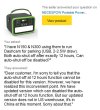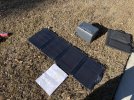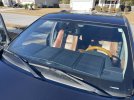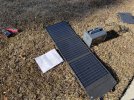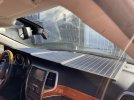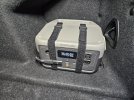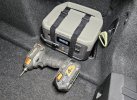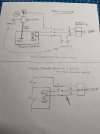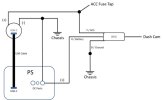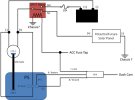GPak
Well-Known Member
I finally completed auto-shut-off tests on Necespow N150 and N300 Power stations.Update since I'm back from my trip. The 161Wh power station ran overnight for about 12 hours. In the morning, it had dropped one of the battery status bars (>60%, <80% remaining?). I kicked of the 322Wh power station while parked at the airport (~78 hours). When I got back the vehicle, the power station was off. When I turned it on though, it showed as completely full according to the display. When I checked at home, it had done the event recording (motion and impact) for exactly 12 hours. I'm pretty sure the Viofo was set to not have a timer, and I didn't think the power station had a timed shutdown. More experimenting needed.
Both will auto-shut-off after a little over 12 hours, regardless of load or no load.
Once PS turned ON due to ignition, the time will re-set to start over for another 12 hours after ignition is OFF.
So, if there is need to run parking mode continuously over 12 hours then check different Power Stations (EcoFlow or Baseus or etc.)
My parking duration is set to 10 hrs and it works.
I updated my Post #4 accordingly.
Here is response from seller/manufacturer:

